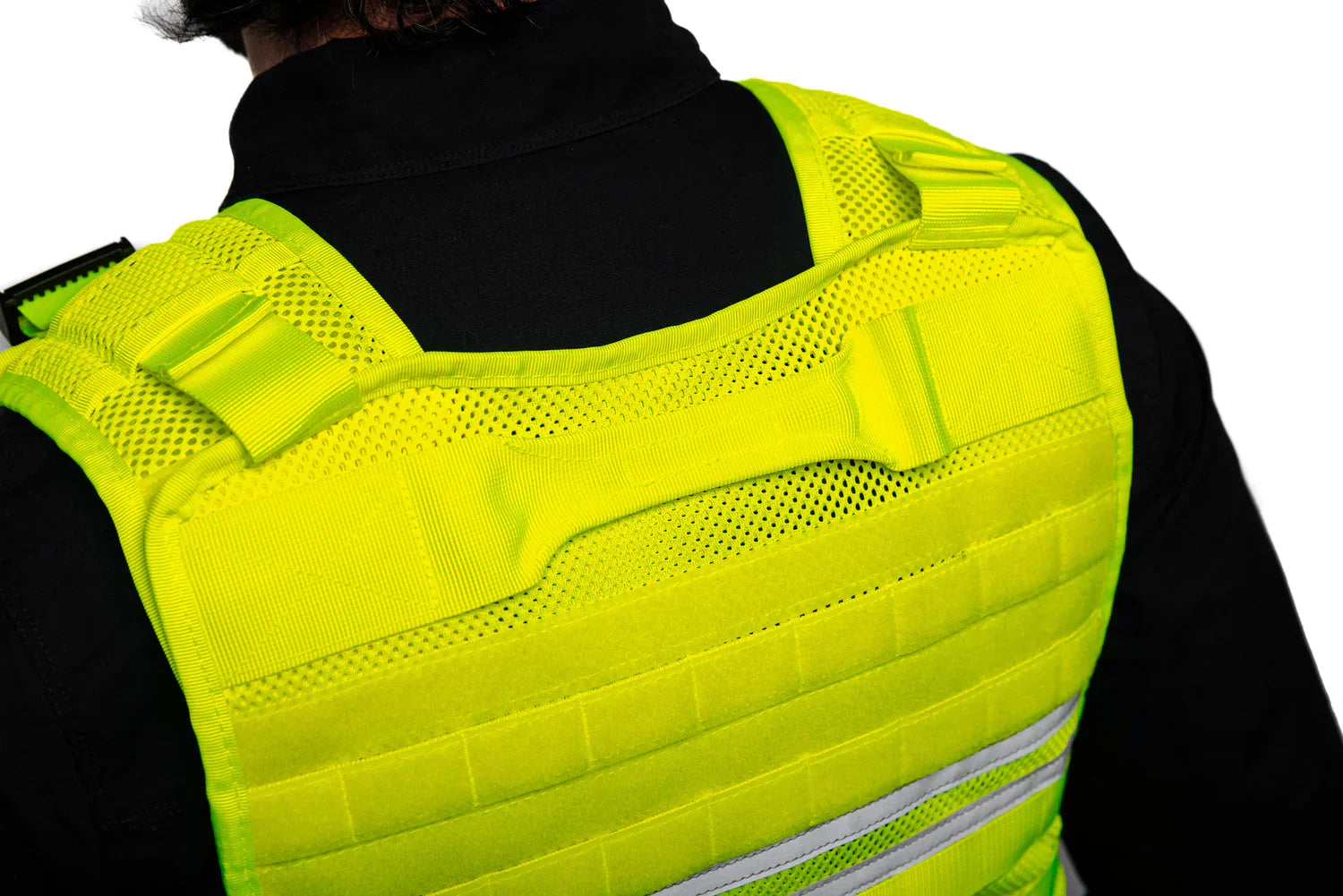Supplying Australians with stab vests, safety gear, and more since 2023, TacEquip, established nationally with trusted partners, is committed to providing premium stab vests, safety gear and apparel suitable for first responders and frontline workers. But what sets a truly stab-resistant vest apart? In a world increasingly reliant on personal safety gear, understanding these differentiations can mean the difference between safety and vulnerability. This comprehensive guide explores the intricacies of stab-resistant vests and the critical standards that define their effectiveness.
An Overview of Stab-Resistant Gear and Their Significance
Stab-resistant vests are essential in providing protection against edged weapons, such as knives. This protective gear is crucial for individuals in high-risk professions including security personnel, law enforcement officers, and emergency responders. The significance of these vests is underscored by the rise of knife-related incidents globally. As Australia continues to step up its safety measures, reliable and certified vests become increasingly important, which is precisely where companies like TacEquip step in to cater to these essential needs.
Key Components That Define a Stab-Resistant Vest
Understanding what makes a vest stab-resistant is critical for both manufacturers and consumers. The design, materials used, and layers have a profound impact on the vest's effectiveness. High-quality stab-resistant vests typically include materials such as Kevlar, Dyneema, and Twaron. These fibers are known for their cut-resistant properties, ensuring the wearer is protected from potentially life-threatening injuries.
Table: Material Properties of Common Stab-Resistant Fibers
| Material | Key Properties |
|---|---|
| Kevlar | High tensile strength, heat-resistant |
| Dyneema | Lightweight, flexible, high resistance to cutting |
| Twaron | Resistance to thermal, chemical degradation |
Exploring the NIJ 0115.00 PL1 Standard
The National Institute of Justice (NIJ) standard 0115.00 PL1 sets a benchmark in stab resistance performance. This particular standard defines test methodology, including the energy levels a vest must withstand to be deemed "stab-resistant." The NIJ PL1 certification often involves rigid testing processes, challenging the vest with a variety of weapon types and forces to ensure the highest level of protection.
Understanding the Testing Procedures for Stab-Resistant Vests
Stab-resistant vests undergo rigorous testing to earn the NIJ certification. These tests simulate conditions like those encountered by law enforcement officers in the field. For PL1 standard, testing involves forces equivalent to those generated by various types of stab attempts that could occur in violent situations. This process includes thrust and cut tests with multiple repetitions to assess durability and reliability.
Impact of Proper Customization on Stab-Resistance
Customization plays a pivotal role in enhancing the effectiveness of stab-resistant vests. Companies like TacEquip offer customized solutions that cater to specific requirements of different professions. This can involve alterations in size, fit, and additional added layers of protection, ensuring that the vest meets specific individual needs.
Challenges and Opportunities in the Australian Market
The Australian market for stab-resistant vests presents both challenges and opportunities. The primary challenges involve the lack of awareness about the importance of certified gear and budget constraints in some sectors. However, the increasing emphasis on safety due to rising incidents provides a vast opportunity for growth. Companies like TacEquip are well-positioned to lead this growth by offering premium, certified safety gear.
The Future of Stab-Resistant Gear in Australia
Innovation is set to play a key role in the development of stab-resistant vests. Future advancements may include lighter materials, better flexibility, and enhanced protection levels without sacrificing wearability. As standards continue to evolve, so too will the design and functionality of protective gear, further ensuring the safety of professionals across Australia.
Key Takeaways
A comprehensive understanding of what makes a vest truly stab-resistant, encompassed by the rigorous NIJ 0115.00 PL1 standards, is vital for ensuring personal safety in high-risk occupations. Australian companies like TacEquip remain at the forefront, offering products that meet stringent requirements. As technology and design evolve, the future of stab-resistant gear looks promising, paving the way for enhanced safety in dynamic working environments.
Frequently Asked Questions (FAQs)
What does stab-proof mean?
While commonly used, the term "stab-proof" can be misleading. No vest can claim to be entirely stab-proof as this would imply complete resistance to all forms of attacks. Instead, the term "stab-resistant" is more accurate, indicating a vest’s ability to significantly mitigate the risk of injury from knife attacks or stabbings. Stab-resistant vests are tested and certified to withstand a certain level of energy applied in stabbing or slashing attacks, as outlined by standards like the NIJ 0115.00 PL1.
Is it legal to own a stab-resistant vest?
In Australia, owning stab-resistant vests is generally legal, particularly for those in law enforcement or security roles, since these items are classified as safety equipment. However, laws and regulations can vary depending on state and territory, and it is advised to consult local legislation or legal experts for detailed guidelines. TacEquip, an Australian-owned company, ensures that all products meet national safety standards, providing peace of mind for customers purchasing stab-resistant gear.
Do you offer demonstrator products?
While some companies may provide demonstrator products to showcase quality and capability, this varies widely depending on the provider and geographic location. With companies like TacEquip, inquiries can be made directly about the possibility of demonstrator products. This can offer potential buyers the opportunity to assess the gear's effectiveness and fit before making a final decision.
How do stab-resistant vests work?
Stab-resistant vests work through multiple layers of advanced materials that dissipate the force of a stabbing attack over a wider area. Materials such as Kevlar and Dyneema provide a robust barrier against sharp weapons. When a knife or pointed object penetrates the vest, the tightly woven fibers help absorb and distribute the energy across the structure of the vest, reducing the ability of the object to penetrate through to the skin.
What type of safety gear do you provide?
TacEquip offers a broad range of safety gear ideal for high-risk professions. Their product line includes stab-resistant vests for general and specialized needs, high-visibility safety vests, and custom safety gear that meets specific industry specifications. Products are engineered to meet high standards of safety, ensuring that each item provides maximum protection for frontline workers, security personnel, and law enforcement officers.
For more information or to explore their range, visit TacEquip.

